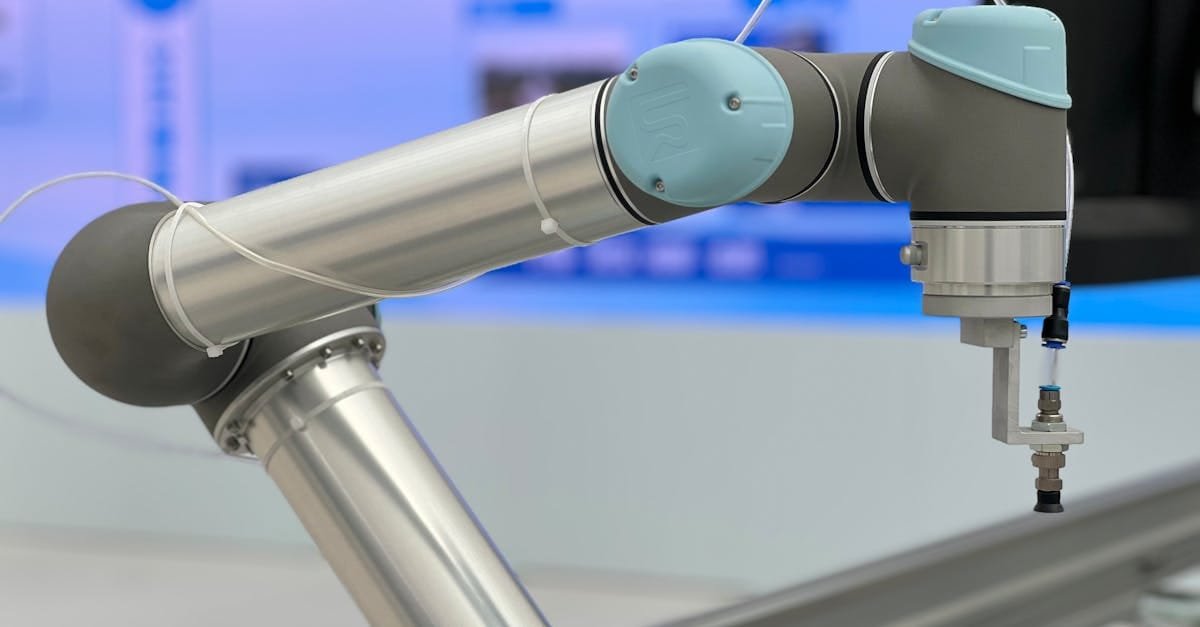You ever think about how automation—like, RPA (Robotic Process Automation, for those new to the acronym game)—seems like a magic wand? Swish, swish, data processes sorted; stress levels drop. But hold on! (*Wait, where was I again?*) It’s more like a double-edged sword. One wrong move, and you’re tumbling into the rabbit hole of RPA pitfalls in Global Business Services (GBS) operations—a place no one wants to visit. So, let’s hash this out, shall we? No fluff, no perfect structure (pfft, who needs that?). Just some thoughts on how to navigate these waters without drowning. Why You Gotta Be Wary of RPA I mean, think about it—many folks dive headfirst into RPA, thinking it’s all roses and sunshine, right? But then—and this is the kicker—many find themselves facing chaos rather than order. And let’s keep it real; budgets can evaporate faster than mist on a sunny day, all because we didn’t take time to consider… stuff. Here’s the scoop: RPA can be powerful, but if you’re not careful, it morphs into a train wreck. The shiny promise of streamlined processes? Yeah, sometimes it’s just smoke and mirrors. Misalignment on goals Lack of change management Overlooking employee sentiment Yikes, right? These are but a few landmines just waiting to go *boom!* Shared Services Transformation: Embracing the Journey Alright, let’s switch gears for a sec. You ever go through a shared services transformation? It’s a wild ride full of bumps, surprises, and a touch of existential dread. Picture it: you’re knee-deep in process optimization, navigating the decisions that’ll shape your GBS strategy for years to come… and then someone throws a curveball (metaphorically, of course). What’s that curveball? Could be something as simple as not prepping your team for the impending changes. (Who else has been there, by the way? Yup, me too!) If your employees are not on board, it’s like sailing a ship with one rogue oar—good luck getting anywhere useful. Practical Tips for a Smooth Sailing Ahead Okay, so we’ve had our fun with the thinking-out-loud thing. Let’s get to some street-smart tips so we don’t trip over our own shoelaces on this RPA journey. Communicate like a human: I mean, jargon is, like, so overrated. Speak plain English. Share the nitty-gritty of what’s in store, why it’s happening, and how it’s going to shake things up (in a good way, we hope!). Prioritize change management: Seriously, it matters. Give your folks the tools—both emotional and practical—they need to adapt. It’s easy to forget, but giving people space to grieve their old ways is sometimes just as vital as the snazzy new tech. Evaluate continuously: Set up a monitoring system that’s not just checking boxes. Maybe it’s a cozy coffee chat or an anonymous survey—let’s tap into that employee sentiment, shall we? Iterate, iterate, iterate: Just when you think you’ve got it down, think again. The processes can be a bit like fabric; sometimes you’ve gotta sew and unpick a bunch before you get the right fit. When All Else Fails… Right, so let’s say you did find yourself in a pinch. What to do? Well, you can’t just throw your hands up and declare defeat, my friend. (Okay, let’s be honest, who hasn’t done that at least once?). Instead, consider revisiting your original goals. Are they still aligned? Is the RPA tech behaving, or is it just throwing a tantrum? Maybe it’s time to engage with change management folks—help them get their groove back and remind them—yes, automation can be a wellness pill for workflow… if applied smartly! Final Thoughts In the end, steering clear of RPA pitfalls in GBS operations is all about… well, mindfulness (not the yoga kind). It’s about keeping your eyes peeled for the twists and turns of the journey. And remember, it’s not just about tech; it’s also about people. Seriously, let’s not forget that. The RPA dream can be a lovely oasis, or a desert of despair, depending on how we navigate it. So here’s to embracing the chaos yet steering clear of pitfalls! Because, why not? Automation is our friend, if we let it be.


